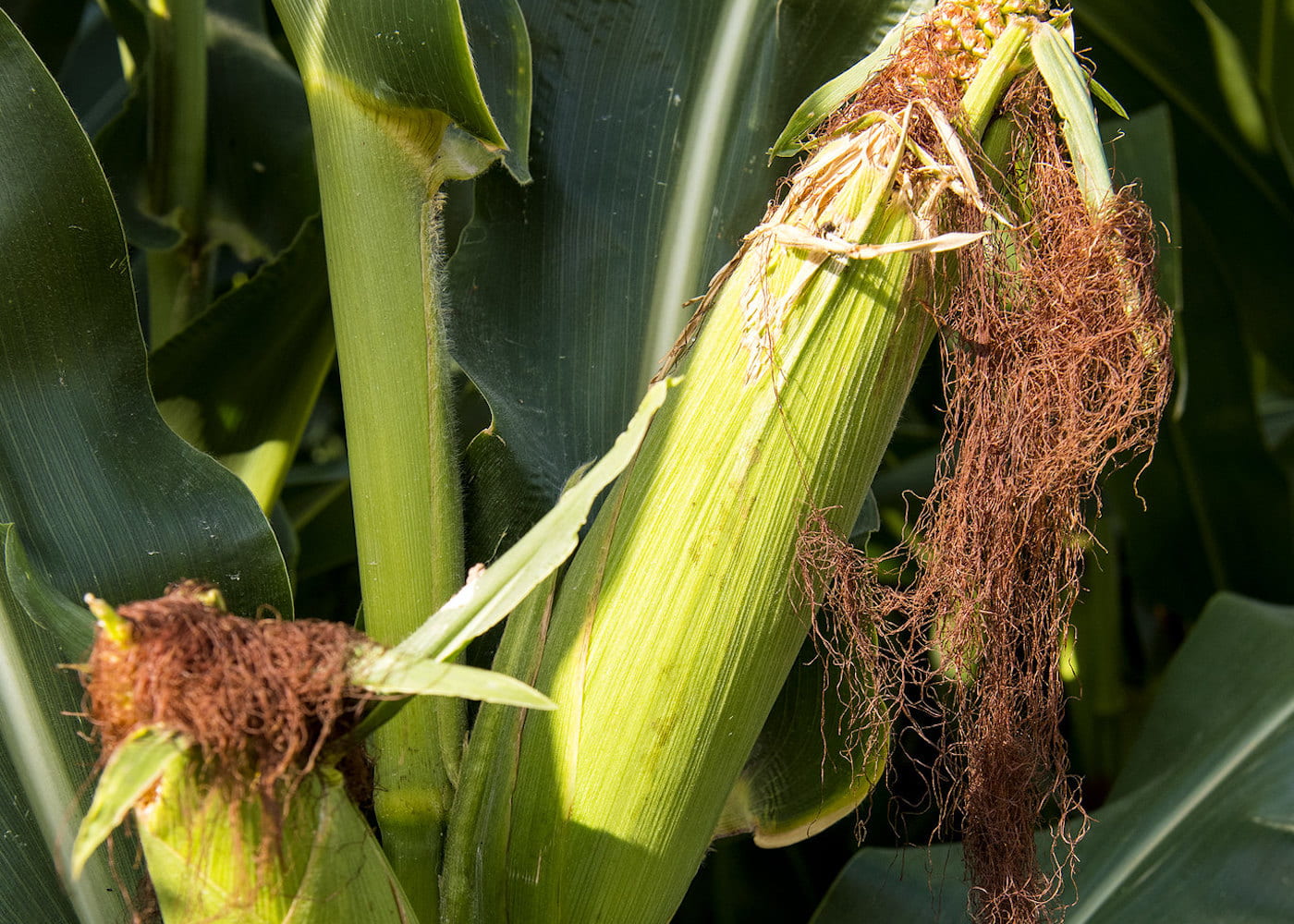Peer Irrigation Decisions Influence Other Farmers’ Irrigation Choices in the Arkansas Delta

The Mississippi River Valley Alluvial Aquifer is the primary source of irrigation water in Eastern Arkansas, but it is experiencing large areas of declining water levels. Agricultural economics and agribusiness researchers explored how peers influence other producers’ irrigation choices in the Arkansas Delta. Using data from an irrigation survey conducted in 2015, the team examined the frequency of using the five most popular irrigation practices for row crops and analyzed data in the context of peer influence. The results indicate that peers influence irrigation practice, and the influence depends on farm location and current farm practices.
The Problem
The Mississippi River Valley Alluvial Aquifer is the primary source of irrigation water in Eastern Arkansas. The aquifer is experiencing large areas of declining water levels. According to the USGS, Arkansas withdrew an average of 9.6 billion gallons of groundwater per day in 2015, ranking second only to California, which withdrew an average of 17.4 billion gallons per day that year.
The Response
Kent Kovacs, a research scientist for the Arkansas Agricultural Experiment Station, sought to understand the social drivers behind a farmer using a particular irrigation practice in the Arkansas Delta. His research draws on data from an irrigation survey conducted in 2015.
The research team explored the frequency of using five of the most popular irrigation practices for row crops: scientific scheduling, flow meters, pivot, computerized hole selection, and surge. They then analyzed the survey answers relative to how peers influence one another’s irrigation decisions. A peer in this case is defined as a family member, friend, or neighbor who used a particular irrigation practice within the last 10 years.
There were two categories for peer influence: “own practice peer effect” and “cross practice peer effect.” An “own practice peer effect” represents the situation where a peer’s irrigation practice leads to a farmer adopting the same practice. A “cross practice peer effect” is when a peer using one practice influences a farmer to use a different practice.
Kovacs worked with Christopher Henry, associate progressor and water management engineer in the biological and agricultural engineering department, and Qiuqiong Huang, professor of agricultural economics and agribusiness. Larry Krutz, director of the Mississippi Water Resources Research Institute and professor at Mississippi State University, also collaborated on the research.
The Results
The team discovered that a producer with a peer who uses flow meters is 29 percent more likely to use flowmeters themselves, which is an example of an “own practice peer effect.” Similarly, producers who have a peer that uses center pivot irrigation are 62% more likely to use center pivot irrigation themselves.
A farmer with a peer who uses scientific scheduling is 30 percent less likely to use center pivot, which is an example of a cross practice peer effect. Another example of the cross practice peer effect includes the finding that producers who have a peer that uses precision leveling are 20% less likely to use a flow meter.
The researchers also found that regional differences in land, cropping systems, and access to irrigation water affect how peer networks influence the adoption of irrigation practices. Additionally, they found that a farmer’s participation in conservation assistance programs affects how a peer network influences the use of an irrigation practice.
The Value
Understanding how peers influence producers’ irrigation choices can help with implementing newer and more water-efficient technologies. This work provides a greater understanding of how farmers influence their peers’ irrigation decisions and could lead to more targeted educational and extension programs.
As producers adopt more efficient and sustainable irrigation methods, they stand to improve not only profitability but also water resource management. More efficient water use could allow the Mississippi River Valley Alluvial Aquifer to recharge, leading to long-term benefits for the region.
Read the Research
Peers and the choice of irrigation practices in the Arkansas Delta
Agronomy Journal
Volume 115, Issue 4
https://doi.org/10.1002/agj2.21361
Supported in part by
The Arkansas Soybean Promotion Board and the Arkansas Rice Research and Promotion Board
About the Researcher

Kent Kovacs
Research Scientist
B.A., Economics, Vassar College
Ph.D., Agricultural and Resource Economics, University of California, Davis

Christopher Henry
Associate Professor
B.S., Biological and Agricultural Engineering, Kansas State University
M.S.., Biological and Agricultural Engineering, Kansas State University
Ph.D., Agricultural and Biological Engineering, University of Nebraska

Qiuqiong Huang
Professor
B.A., Food Science, Remin University of China
Ph.D., Agricultural and Resource Economics, University of California, Davis

Larry Krutz
Director of the Mississippi Water Resources Research Institute
Professor, Mississippi State University
B.S., Agronomy, University of Arkansas
M.S., Agronomy, University of Arkansas
Ph.D., Agronomy, Texas A&M University




